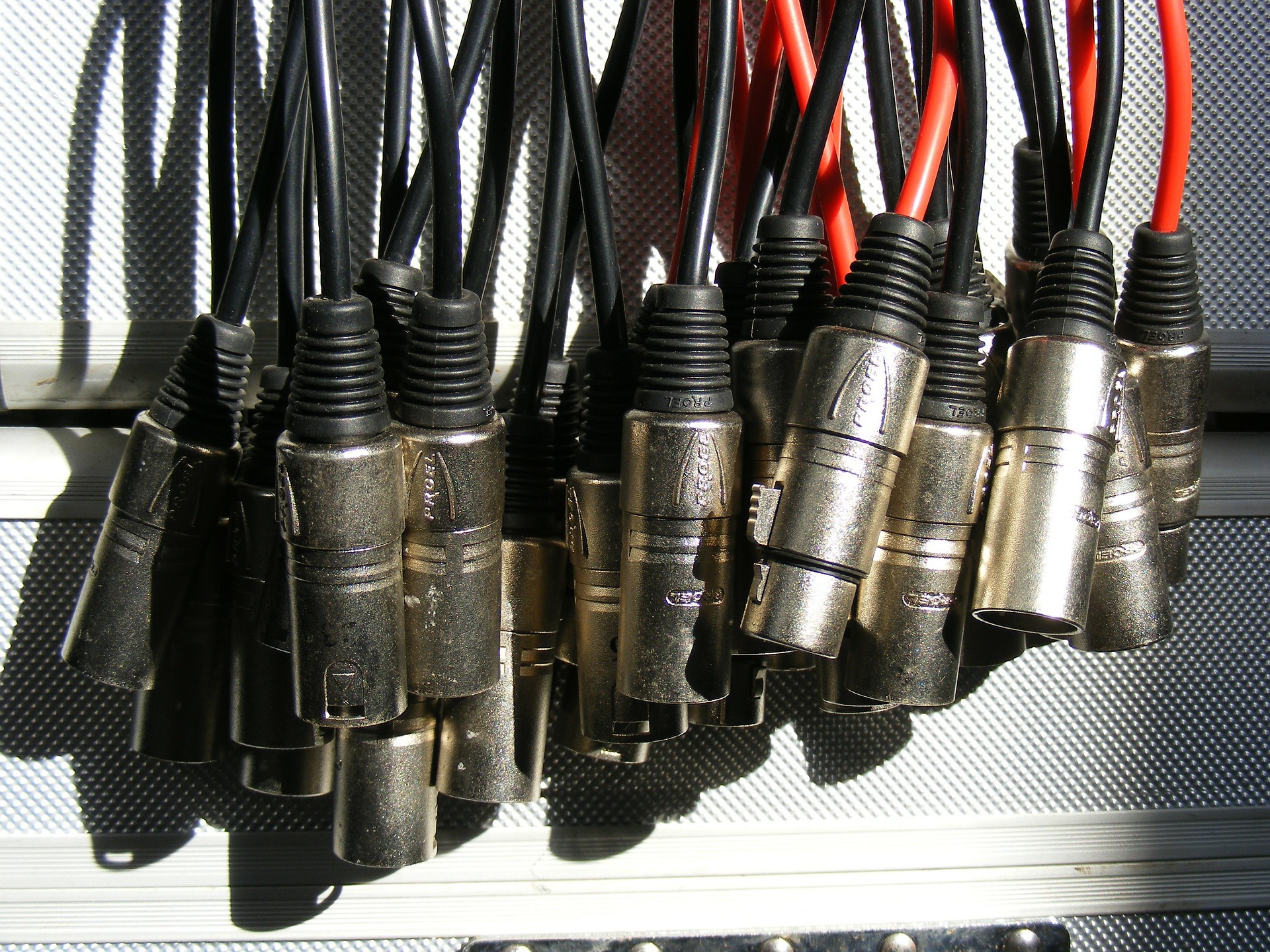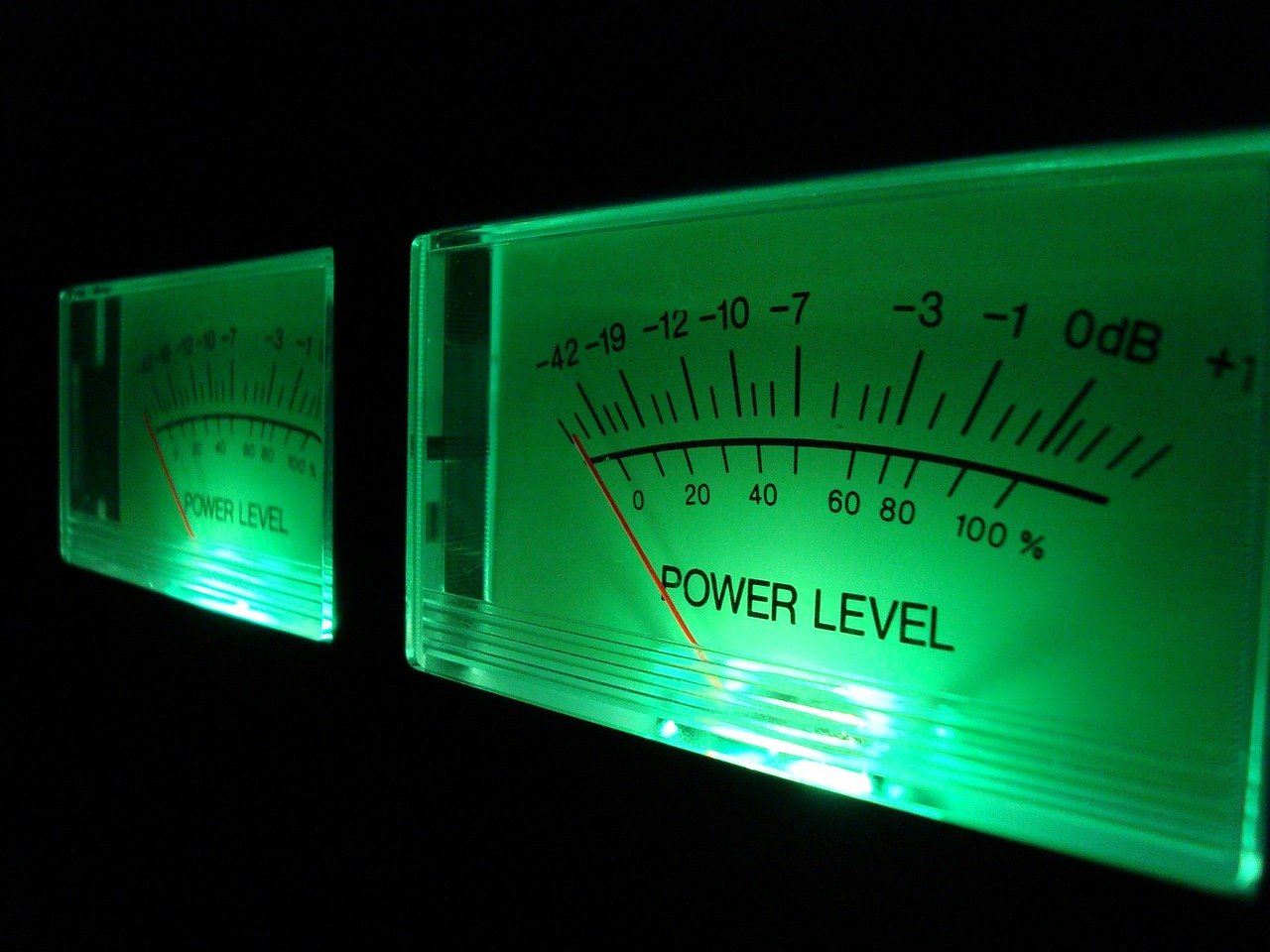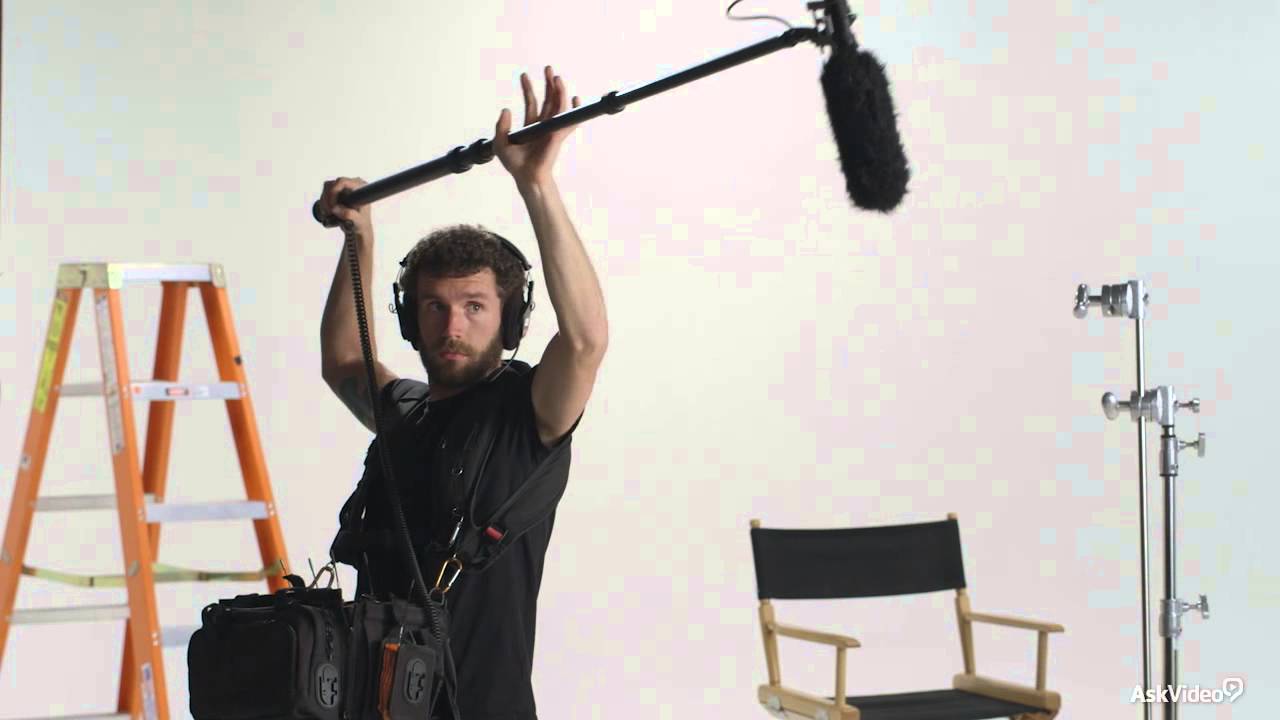Audio Engineering
The keyword when working in Audio in production is “wires”! There are many layers in audio production much like an onion. Last week we discussed the camera operator’s job, Through the Lens . This week we will discuss the duties of the Audio operator/editor. We will talk about the actual recording and the editing that is done in post-production. When doing audio there are many phases such as setup, sound checks, and mastering/editing. The recording is only a small part of the job. Let’s jump in and dig deeper into the complexity of the job.
Setting Up
While working in production and personally handling audio, I have learned quickly that setup is crucial! Placement is very important as far as controlling where the sound is going to bounce off. Depending on the type of recording equipment, some mics have to be angled a certain way to get the best quality. I did a live recording job for a local rock band and I was on the job alone. I had to be sure I taped off all my loose wires because people can and will trip over these wires and end up damaging your equipment. You should always wrap your wires and cords up because once you get them tangled it is a nightmare. Doing sound checks will save your life. Do not let your audio peak because this will distort and make it very difficult to edit later.
Recording
Ah, yes the easy part. Once everything is set up and ready to go, you begin the actual recording process. Now this job varies depending on the job and the equipment. People doing live broadcasts or movies tend to have multiple audio guys with all kinds of jobs. They could also be in the studio keeping a constant eye on levels while switching from channel to channel. I’m sure you’ve seen a blooper from an old movie where the fuzzy shotgun mic gets in the shot. This job is an exception and requires serious upper arm strength. Other than that, recording is otherwise pretty simple as long as the setup process was done correctly. The second most challenging part of the job is in the post-production phase.
Post-Production Editing
The editing and layering is my favorite part of the job. In my experience, it is when I get to let my creative juices flow the most. Adding soundtracks, sound effects, and vocals and making them into a masterpiece. First and foremost, you want to edit what you have and trim. Organizing what you have will help especially if you are doing a longer film and you want to match up certain beats with certain scenes etc. Be sure to have all your sounds at the same level. No one likes when a movie goes from loud to soft because they have to keep turning the volume up and down distracting them from the film. After mixing and editing, you will master the tracks. Save your files and have backups. Want more tips on what comes with an Audio Engineering job check out the link below:
What Is A Sound Engineer And How Do I Become One?
ABOUT THE AUTHOR
Shelby Bercegeay
Student Author - Spring 2021
I am a Digital Media Production Major. I am skilled in Adobe Audition, Adobe Premiere, and Adobe After Effects. I enjoy graphic design and creating my own music with Ableton Live Push. I am a local DJ who also does videography and audio recording. I enjoy doing live sports broadcasts. I am a fast learner and I enjoy learning new skills.







